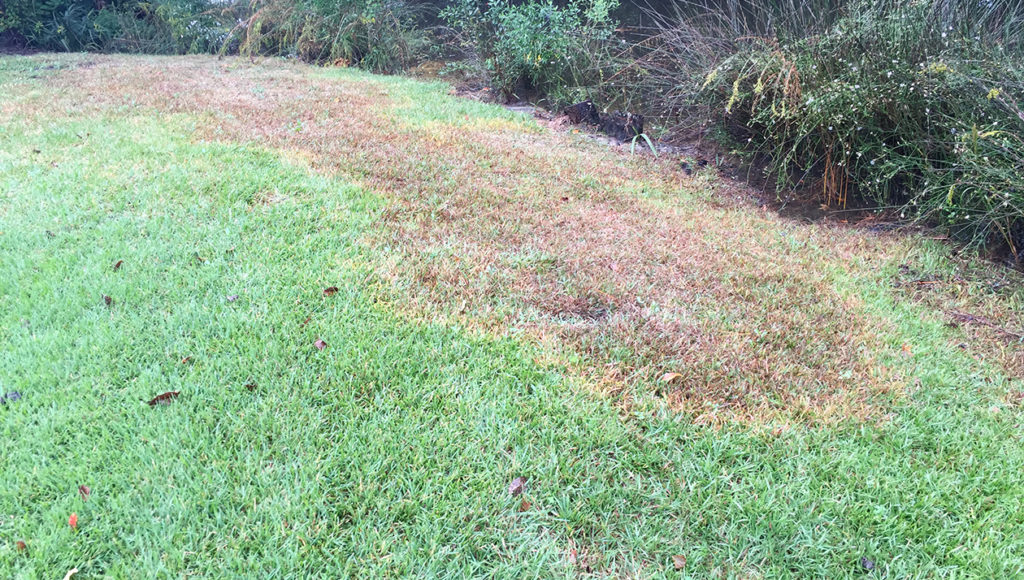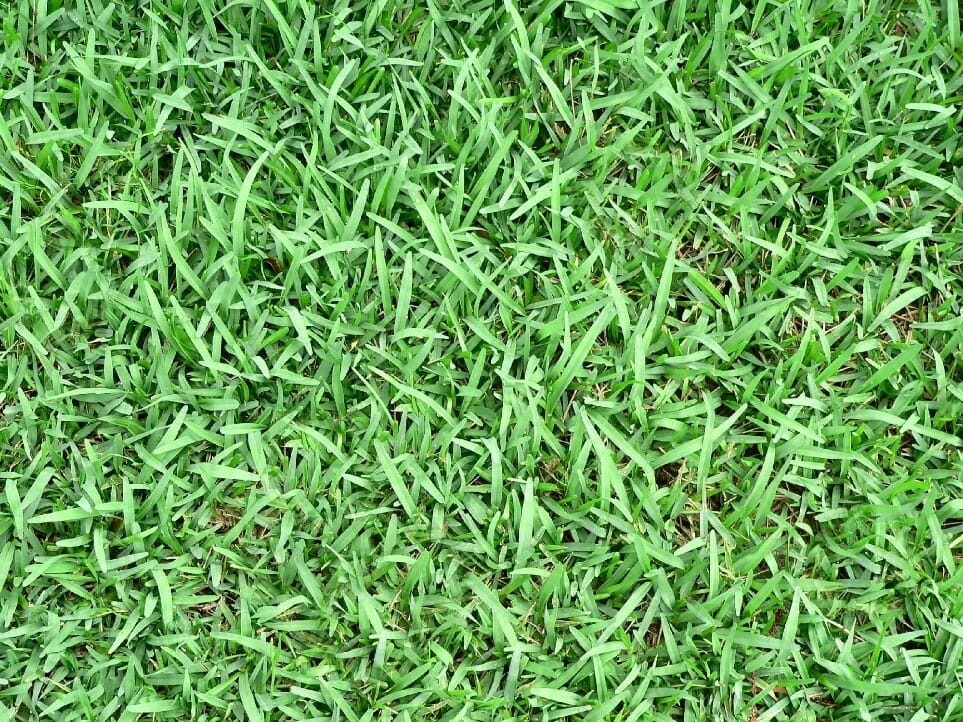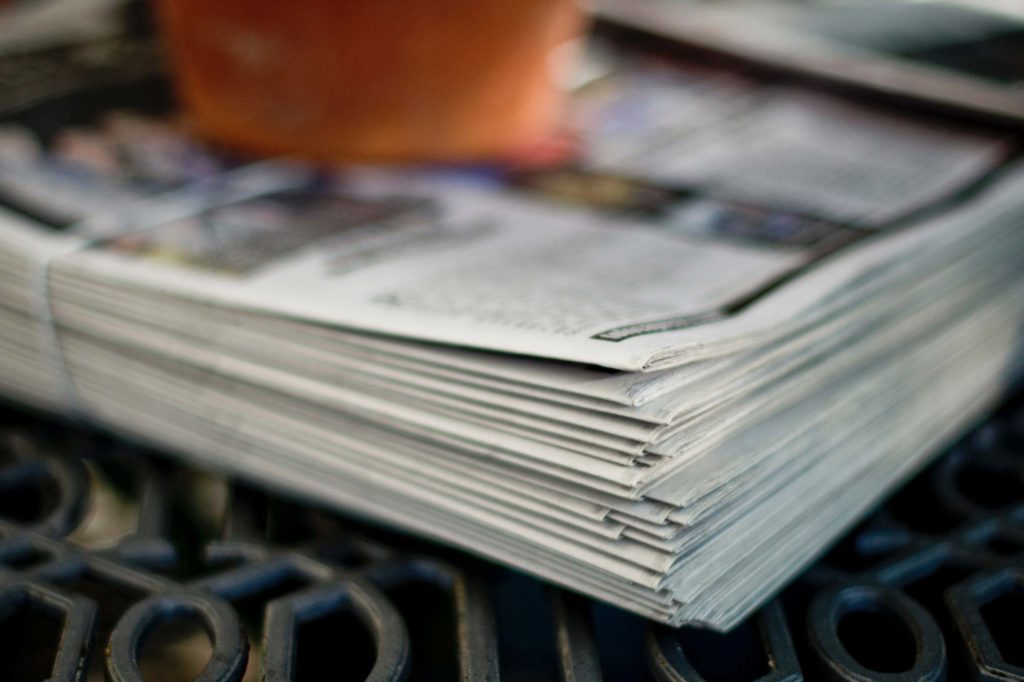
St. Augustine Decline: Is Your Lawn S.A.D. ?
There are a few varieties of turfgrass that are more prevalent in our area than the others. One of those varieties is St. Augustine and for good reason. It is a warm-season turfgrass that laterally spreads through stolons and tolerates shade better than other warm-season grasses. St. Augustine establishes quickly and develops deep roots that can tolerate drought conditions that occasionally occur in our area. While there are a ton of benefits to the turf, it is also susceptible to some St. Augustine-specific turfgrass diseases, like St. Augustine Decline (S.A.D.). No, we are not saying the turf is becoming less popular, S.A.D. is a virus-based disease that can damage your St. Augustine turfgrass.

What is St. Augustine Decline (S.A.D.)?
As a pathogen, Panicum Mosaic Virus is better known by its common name, St. Augustine Decline. It occurs year-round and is viral. Some native St. Augustine varieties have become resistant to S.A.D. over time, but in Texas, this is not the case. When your turf is infected, the disease causes chlorotic mottling or stippling of your turf.
Symptoms of S.A.D. Infestation
The initial sign of a S.A.D. infestation is the chlorotic mottling or stippling that we mentioned before. In terms of identification, this will cause your turf to lighten, turning more yellow. This is not just aesthetic, as over time infestation chlorosis takes over the entirety of your turf, and the health of your St. Augustine slowly declines. As health worsens, grass has a tougher time growing back, and even the smallest disease, infection, or pest can send your turf over the edge into full-on decay. Stolons themselves will not spread as quickly, and the chemical processes that support turf growth will slow. The longer you leave the turf infested, the worse the damage will get, which is why professional consultation is a must. Symptoms can often be confused with iron chlorosis, but your Higher Ground team member can easily distinguish the two.
Preventative Control of S.A.D.
One of the primary ways this virus is spread is through the use of mowing equipment, as cells latch onto blades and transmit to new turf. Assuming you mow your lawn yourself, you are going to want to clean your blades with a 10 percent bleach cleaning solution. This is especially important if there is a small area of S.A.D. on your lawn, as simply mowing that area, then can transfer the virus within your yard. Additionally, a healthy lawn will be better suited to fend off S.A.D., so introducing organic compost and fertilizer with helpful soil organisms will increase the biodiversity and hardiness of your turf.
Curative Control of S.A.D.
There are no chemical treatment options for S.A.D., but you can start by introducing resistant St. Augustine varieties into your lawn. Floratam, Floralawn, Raleigh, and Seville are all varieties of St. Augustine that have been bred to be resistant to S.A.D., and they will take over the disease-ridden turf over time. This is the only way to get rid of St. Augustine Decline, and do not forget to give us a call if you experience any symptoms of S.A.D.
Higher Ground Lawn Care and Lighting are ready to take your property to a higher level. Experience why your neighbors and businesses in University Park, TX & surrounding areas choose Higher Ground Lawn Care & Lighting to bring their property to the next level. Give us a call at (682) 206-3596 or check out our website today.
Ready to get started?


